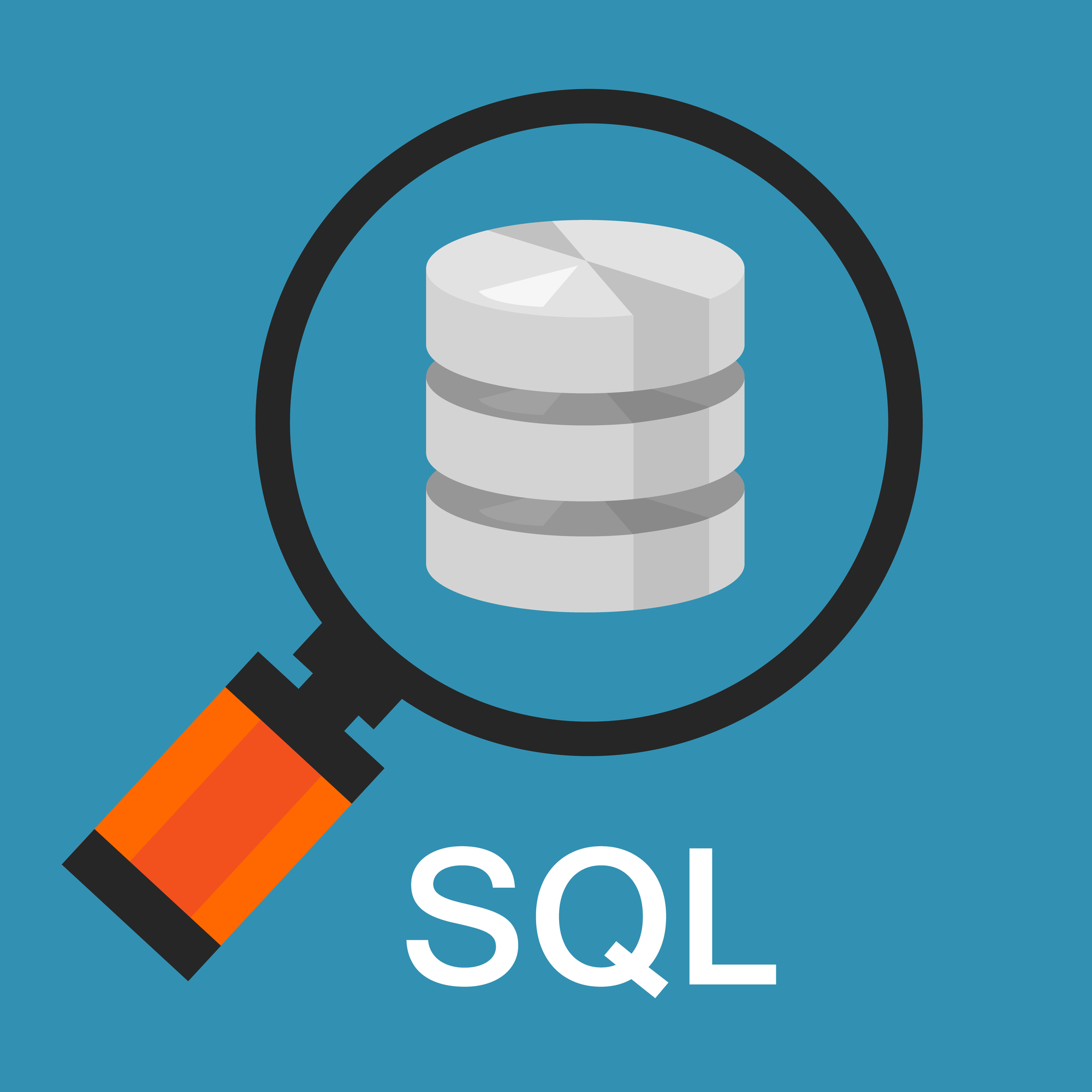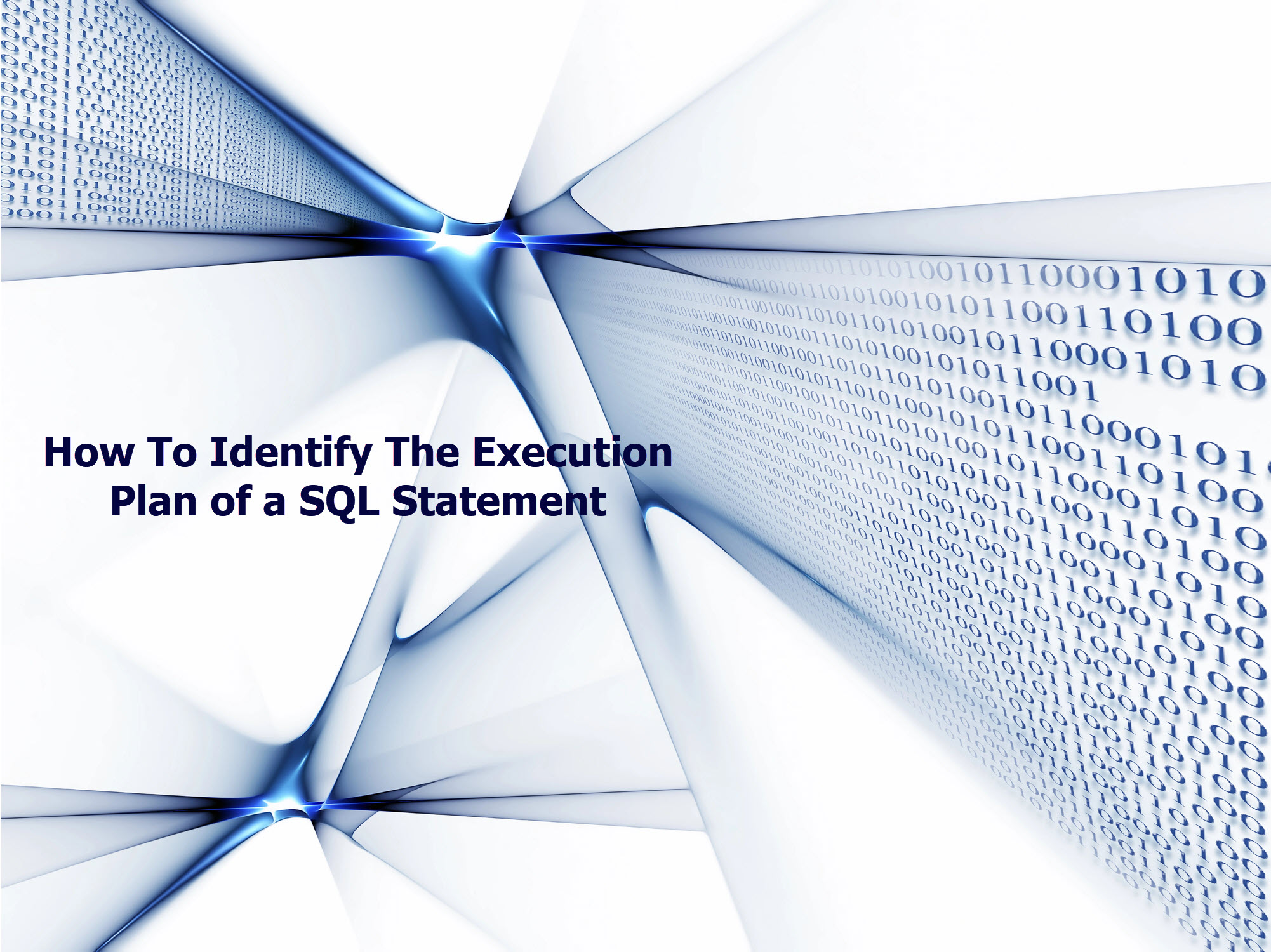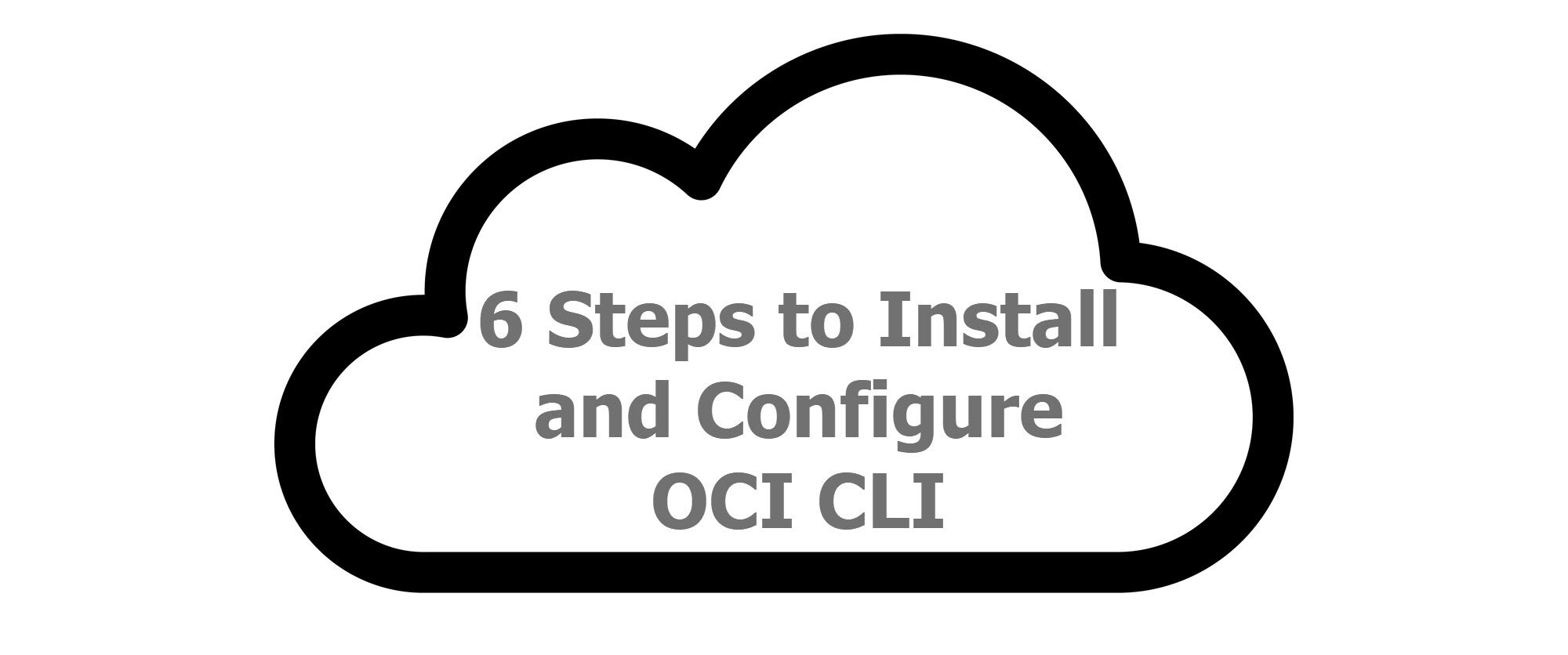In the last blog post, How To Find the SQL_ID of a SQL Statement, we talked about finding the SQL_ID of statements that were run in the past, or by other users. Today I’ll show you two tricks to get …
Have you ever been in a situation where a user comes to you and says “My report is running slow” or “My query used to run fast, and now it’s slow”? If you are a DBA, you most likely have! …
For most tuning exercises, the tuning happens at the SQL Statement level. When a user complains about a report being slow, you as a DBA, have to first identify the SQL Statement and then the execution plan. Today’s post is …
OCI Bastion Service has a very meaningful name. Just like the 16th -19th centuries bastions provided extra protection for castles, the OCI Bastion Service provides improved security and additional layers of defense for your private resources in OCI. No mission-critical …
You created yourself an OCI account, a tenancy, a few compute instances and possibly a database as well. You got around the console pretty fast, however you want more: more control. That is where the CLI comes into place. The …
Have you ever wondered what is happening behind the scene in a Data Guard environment? How and who is sending the logs from the primary to standby? What process is applying the changes on the standby side? How is it …
Setting up Oracle Data Guard for a database might be daunting for many DBAs. The process involves creating a standby database from the primary database and it seems complicated and convoluted, but is it really? When we come across something …
The built in code editor in APEX is missing a very useful thing: the ability to automatically format the code. If you are using a tool like VSCode, Toad or SQL Developer to write your SQL or PL/SQL code, everything …
Oracle Multitenant Architecture is the only way to go in version 21c. Are you ready for it? With version 12c the traditional, non-CDB architecture was deprecated, and with version 20c this architecture was de-supported. This means going forward Multitenant is …
Did you know that when you create an Oracle Cloud Infrastructure (OCI) compute instance (aka a virtual server in the Oracle Cloud), it will have a boot volume of 50GB. If you want to add another volume to your compute …
Now available! https://docs.oracle.com/en/database/oracle/oracle-database/20/books.html Going through the New Features guide, there is a shed load of wonderful enhancements. Then you look at the Licensing guide, and most of them require Exadata or Oracle Cloud or both.





